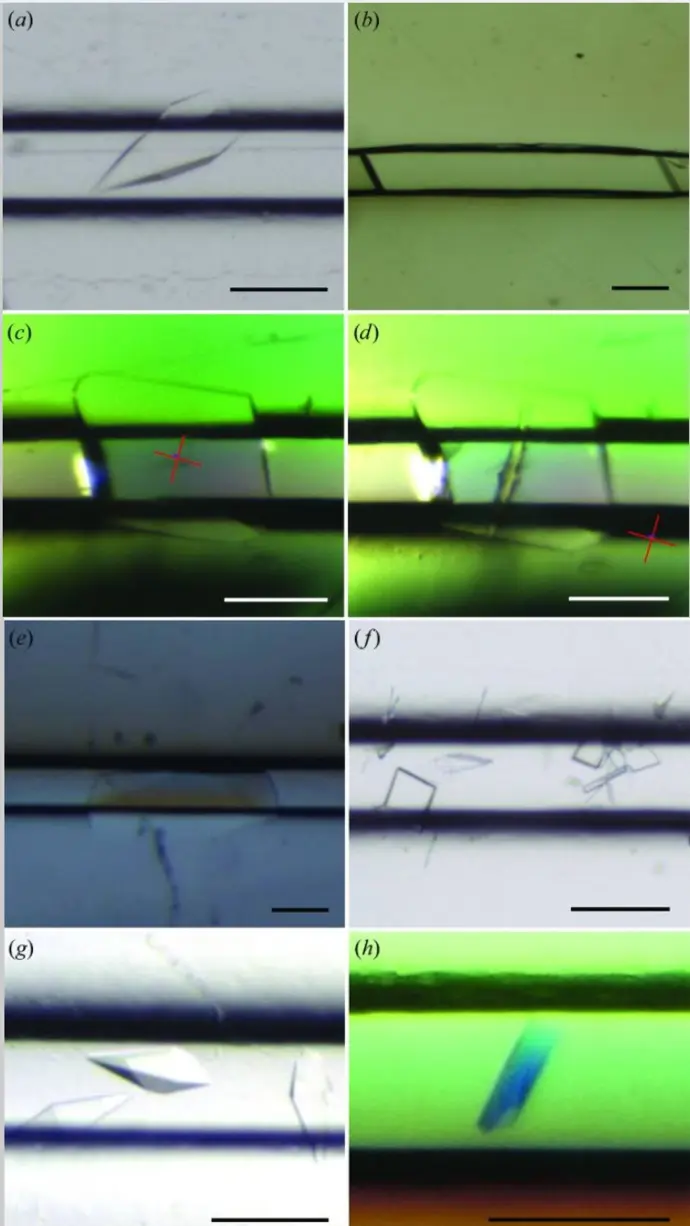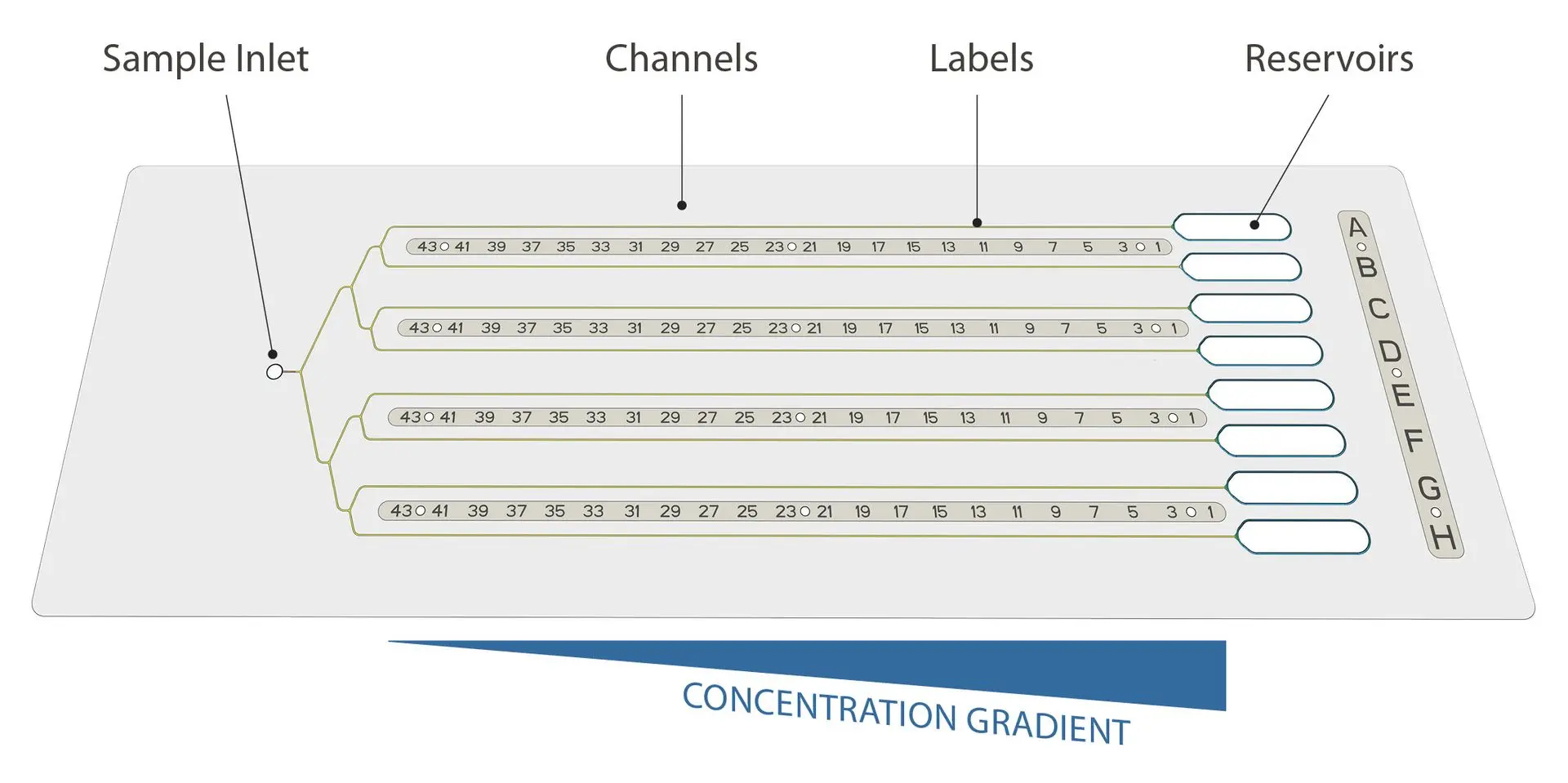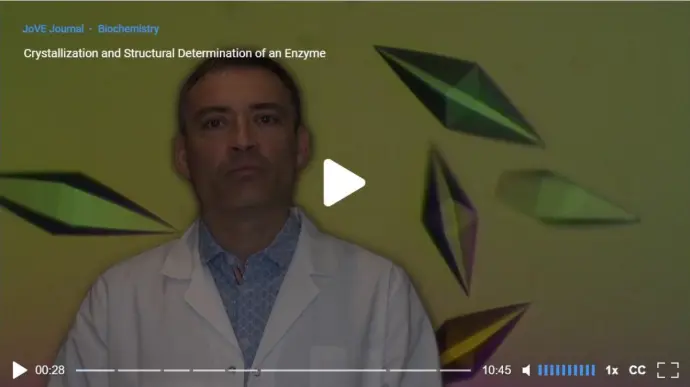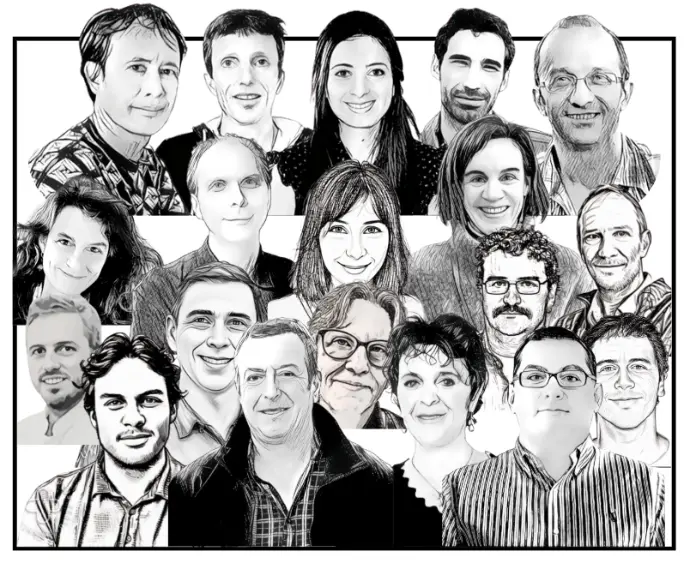
Who is Dr. Claude Sauter ?
Dr. Claude Sauter is a senior scientist at the Institut de Biologie Moléculaire et Cellulaire (IBMC), where he leads the team "Structure, Evolution, and Dynamics of Protein:tRNA Complexes." With a career dedicated to understanding the interactions between proteins and nucleic acids, Dr. Sauter is an expert in X-ray crystallography, a powerful tool that allows scientists to visualize the 3D structures of biomolecules. As a president of the French Crystallographic Association, he is at the forefront of advancing crystallography techniques and their applications in structural biology.For Dr. Sauter, obtaining high-quality protein crystals is a crucial step in unlocking the mysteries of how these biomolecules function in cells. However, as any crystallographer knows, crystallization is often the most challenging and unpredictable part of the process. The physical, chemical, and biological variables involved make it a painstaking task, one that Dr. Sauter has worked tirelessly to refine over the years.
A game-changer in protein crystallization

The microfluidic format has already proven its worth as an excellent choice for biomolecule crystallization . As soon as the sample and precipitant solutions are loaded within micro-channels, a continuous gradient of concentrations is created by counter-diffusion allowing to explore a wide range of supersaturation conditions while keeping sample volumes to a minimum.
Moreover, micro-channel geometries open up the possibility of flowing external ligands, enzyme substrates or heavy atoms into the crystals by diffusion.
Despite their obvious benefits, widespread adoption of microfluidic crystallization methods has been so far restricted by experimental setup complexity, limited access to sophisticated equipments and costly micro-fabrication techniques.
Faced with the inherent challenges of protein crystallization, Dr. Sauter and his team embarked on a mission to make the counter-diffusion method accessible to everyone.
The result? CrystalChip, a microfluidic device designed to drastically simplify crystallization workflows by integrating all steps from screening to structural analysis.
This means faster and more reliable crystallization, some key features in structural biology research.
How CrystalChip works: Streamlining protein crystallization
Designed for simplicity and effectiveness, CrystalChip allows researchers to grow protein crystals directly on the chip, which can then be imaged or analyzed using X-ray diffraction in situ or stored in the chip for months. The chip’s transparent material and microfluidic channels provide an ideal environment for crystal growth, enabling the formation of high-quality crystals with consistent results. On-chip X-ray analysis has the advantage of operating at more physiological temperatures and allows crystals to reveal their full diffraction potential, characterized by a very low mosaicity.
Researchers can now easily set up experiments that promote crystal formation while maintaining optimal conditions for the sample. This reduces the trial and error typically associated with traditional crystallization methods and allows for quicker access to high-resolution structural data.

Why does it matter?
For scientists like Dr. Sauter, who rely on crystallography to understand protein function and interactions, CrystalChip is a game-changer. By making the crystallization process more efficient and reproducible, the device accelerates the ability to solve protein structures.
Claude Sauter's CrystalChip publications
2024 | Protein crystallization and structure determination at room temperature in the CrystalChip

